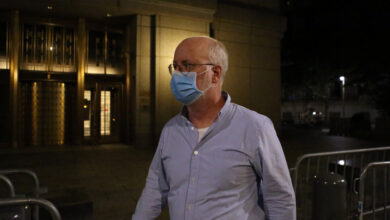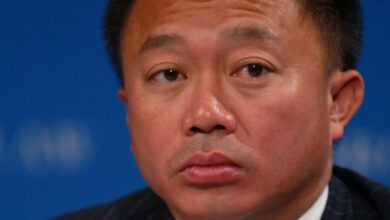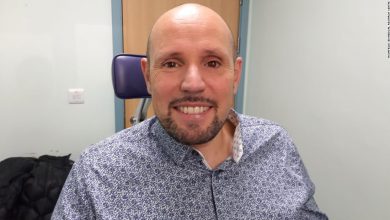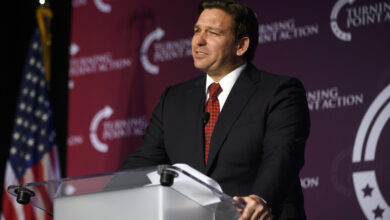State media reported that the helicopter carrying the Iranian President crashed
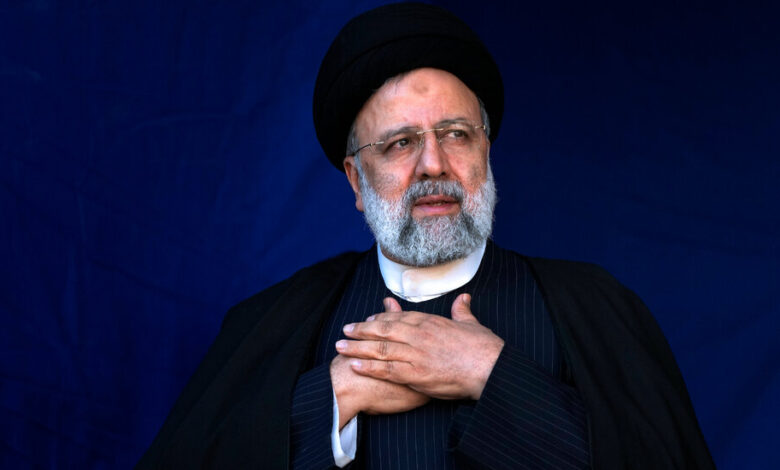
A helicopter carrying President Ebrahim Raisi of Iran and his foreign minister crashed Sunday in the country’s northwestern mountains, deepening the already chaotic situation, according to state media. covering the country on both the international and domestic fronts in recent months.
Mr. Raisi, 63, was traveling from Iran’s border with Azerbaijan to inaugurate a joint dam project. State media reported that the helicopter carrying Mr. Raisi and Foreign Minister Hossein Amir Abdollahian crashed near the city of Varzaghan at about 1 p.m. local time, in bad weather and dense fog.
Search and rescue teams scoured an area of high mountains and jungle in rain and fog for more than 10 hours. At one point, the government called off the air search due to weather reasons, mobilizing ground troops, elite commandos of the Revolutionary Guard and 40 rescue teams to locate the scene of the incident. accident.
Even late at night, state media had not reported any casualties, nor the condition of the president or anyone else on the plane. The cause of the accident is also unknown.
“There will be no disruption in the country’s operations,” Supreme Leader Ayatollah Ali Khamenei said in a speech on state television. “Senior officials are doing their job and I have advised them on the necessary points and all activities of the country will run smoothly and in an orderly manner.”
Mr. Raisi, a conservative who has brutally suppressed dissent, is widely seen as a possible successor to the supreme leader. The uncertainty about his fate comes during a particularly turbulent period for Iran.
it’s long shadow war with Israel erupted after Hamas attacked Israel on October 7, sparking a war in Gaza and a series of strikes and counter-strikes Across the region.
The hostility became even more pronounced after Israel launched air strikes a building in the Iranian Embassy complex in Syria in April. Iran retaliated by first direct attack on Israel after decades of hostility, launched more than 300 drones and missiles toward the country, many of which were shot down.
Domestically, Iran is also facing widespread anger, with many citizens calling for an end to the clerical regime. Corruption and sanctions have devastated the economy, causing frustration.
Over the past two years, the country has seen a domestic uprising, the Iranian currency plummeted to record lows, lack of water enhanced by climate change and most dangerous terrorist attack since the establishment of the Islamic Republic in 1979.
Ali Vaez, Iran director for the International Crisis Group, an independent conflict prevention agency, said if the president dies, the vice president would take power and elections must be held within 50 years. day.
That would be “a huge challenge for a country in the midst of a serious crisis of domestic legitimacy and daggers with Israel and the United States in the region,” he said.
Mr. Raisi is a hard-line religious cleric who grew up during the country’s Islamic revolution. Under Iran’s theocratic system, Mr. Raisi, as president, is the second most powerful individual in Iran’s political structure after the supreme leader, Mr. Khamenei.
After becoming president in 2021, Mr. Raisi consolidated power and pushed out reformists who wanted to ease tensions with the West. He has repeatedly said he pursues a policy of “strong diplomacy,” building closer economic and security ties with Russia and China.
During Mr. Raisi’s tenure, Iran continued to expand its influence in the region, supporting proxy forces across the Middle East that have launched attacks against Israel and the United States, as well as promoting its nuclear program. people of this country.
During the same period, Mr. Raisi oversaw a sweeping and deadly crackdown on protesters in the country, many of them women and young men, who took to the streets against the clerics. ruling the country. Human rights groups say hundreds of protesters have been killed by national security forces.
Mr. Raisi is considered one of the frontrunners to succeed Mr. Khamenei as supreme leader. One of his main rivals for that role is Khamenei’s son.
Despite the crash, some analysts said they did not expect a major shift in Iran’s agenda abroad.
The nation’s supreme leader is responsible for setting all of the country’s policies, while the president’s power comes from issuing those decisions, analysts said.
“To some extent, the results do not herald a major change in how Iran frames and acts on its interests abroad,” said Ali Vaez, Iran director for the International Crisis Group. ”.
“It is the supreme leader who makes strategic decisions on foreign policy, albeit informed by the views of other key stakeholders, including the president.”
Mr. Abdollahian, the Foreign Minister, has been heavily involved in regional diplomacy with Arab countries. In recent months, he has also met in Qatar with leaders of Iran-backed militant groups, including Palestinian Islamic Jihad and Hamas, which led the October 7 attack on Israel. .
He also participated in secret indirect talks with the United States in February and May in Oman to discuss easing tensions and easing sanctions related to its nuclear program. Iran.
Vivian Nereim Report contributions.
